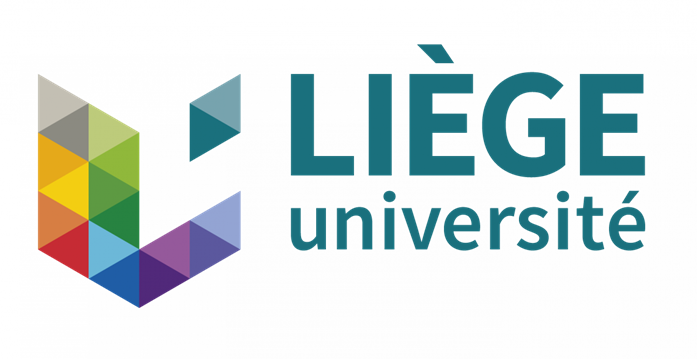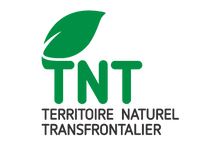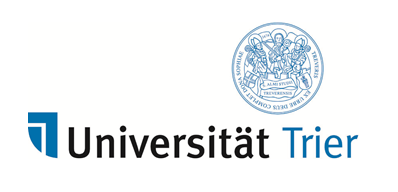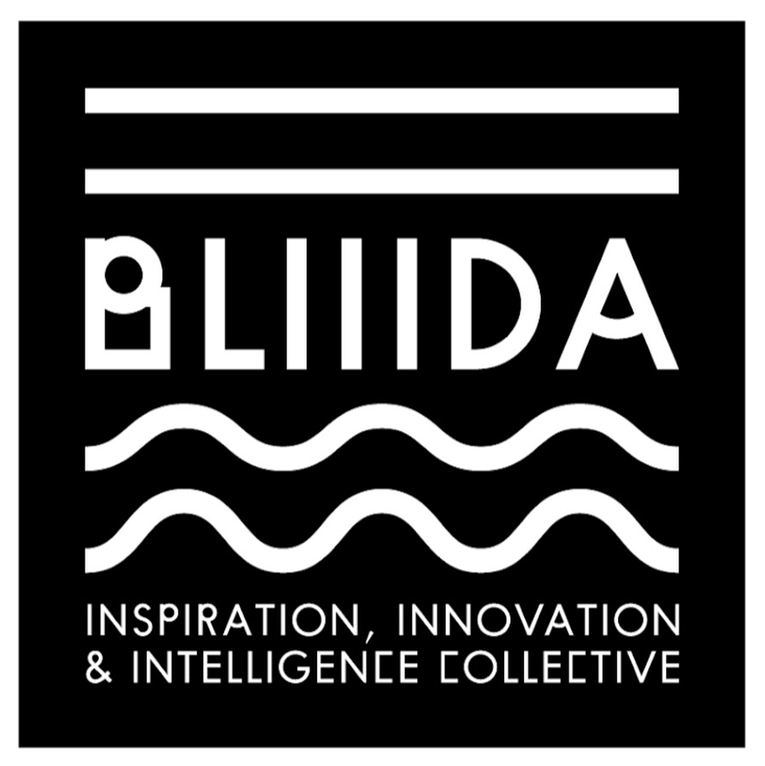So far, few studies exist on the impact of light spectra on biodiversity.
However, artificial lighting with LEDs that produce a lot of blue light is used more and more and the effects on living things are not sufficiently taken into account.
To this end, the Smart Light HUB project offers an impact and impact study in the field.
The BACI Method
The BACI (Before After Control Impact) approach is favored in this study. It consists of monitoring two groups of sites (control and impact), before and after a disturbance, in order to measure the effect of the latter on ecosystems. BACI studies make it possible to control the natural variability between groups of sites, by monitoring the same impact sites before and after the disturbance, while minimizing the natural variability between the different time periods by monitoring control sites (controls) also sampled before and after the disturbance.
The field study
The study will therefore test the impact of lamps in 2 different habitat variables : open environment (meadow / hedgerow type) and closed environment (native deciduous forest). In order to reduce the interannual variability, the open environments will all be tested the first year (in 2020) and the forest environments will all be tested the second year (in 2021).
A total of 10 sites will be inventoried in the various slopes of the Greater Region : 5 sites in open environment, 5 sites in closed environment. At each study site, 3 points will be spaced at least 300 m apart.
The inventories will be carried out under identical conditions and simultaneously on the 3 points in order to be able to compare the results before and after installation of the lamps :
- Inventory initial state : carrying out inventories which establish the state of health of the zones. This step is carried out before the lighting is positioned in order to be able to measure an initial situation. An initial inventory will also be carried out for the checkpoint. After the initial inventory, the 3 points of the same site will undergo different treatments : one point will benefit from the installation of conventional lighting (blue light at 4000K), one point will benefit from the installation of less lighting impacting (warm light at 2200K) and a point will have no lighting.
- Inventory final state : 3 weeks after the installation of the lamps, realization of the same inventories as for the initial state.
The groups of species studied and the protocols
- Orthoptera : listening to stridulations using ultrasonic recorders.
- Lepidoptera-Heterocera : placing light traps, the principle of these traps is that they attract the moth present on the site. Once back in the box, individuals can no longer exit. They are kept alive in the trap until an observer opens the trap, identifies and counts the captive moth, and then releases them at the capture site.
- Pollinating insects : the inventory will be carried out by transects using a moth net. The operator will perform a transect and identify the pollinators as well as the host plants observed on his route.
- Birds : performing twilight, nocturnal and dawn listening sessions lasting 30 minutes per point (3 sections of 10 minutes).
- Bats : placement of ultrasound recorders for 2 nights then automatic and manual ultrasound analysis for species identification.
- Micro-mammals : setting of live capture traps (of the Triptrap type) in the evening and detection of traps in the morning on 2 consecutive nights. Baits will be placed in the trap to capture micromammals, once captured they will be weighed, measured and a tonsure will be made to calculate the rate of recapture.
- Other mammals : installation of photographic traps.
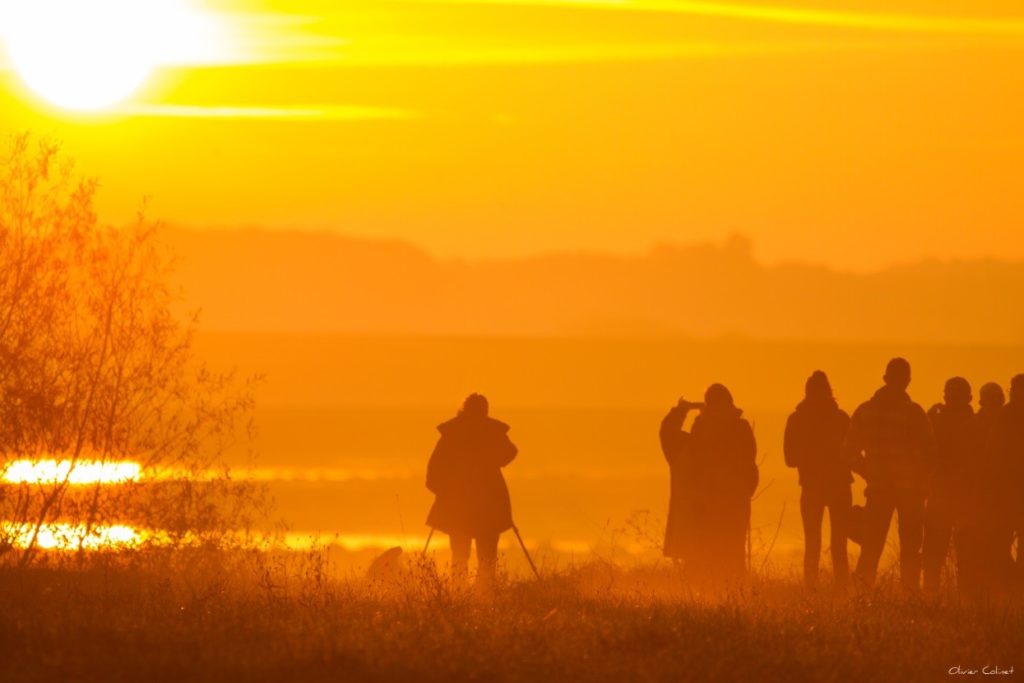
This study is scheduled for spring 2020 …

